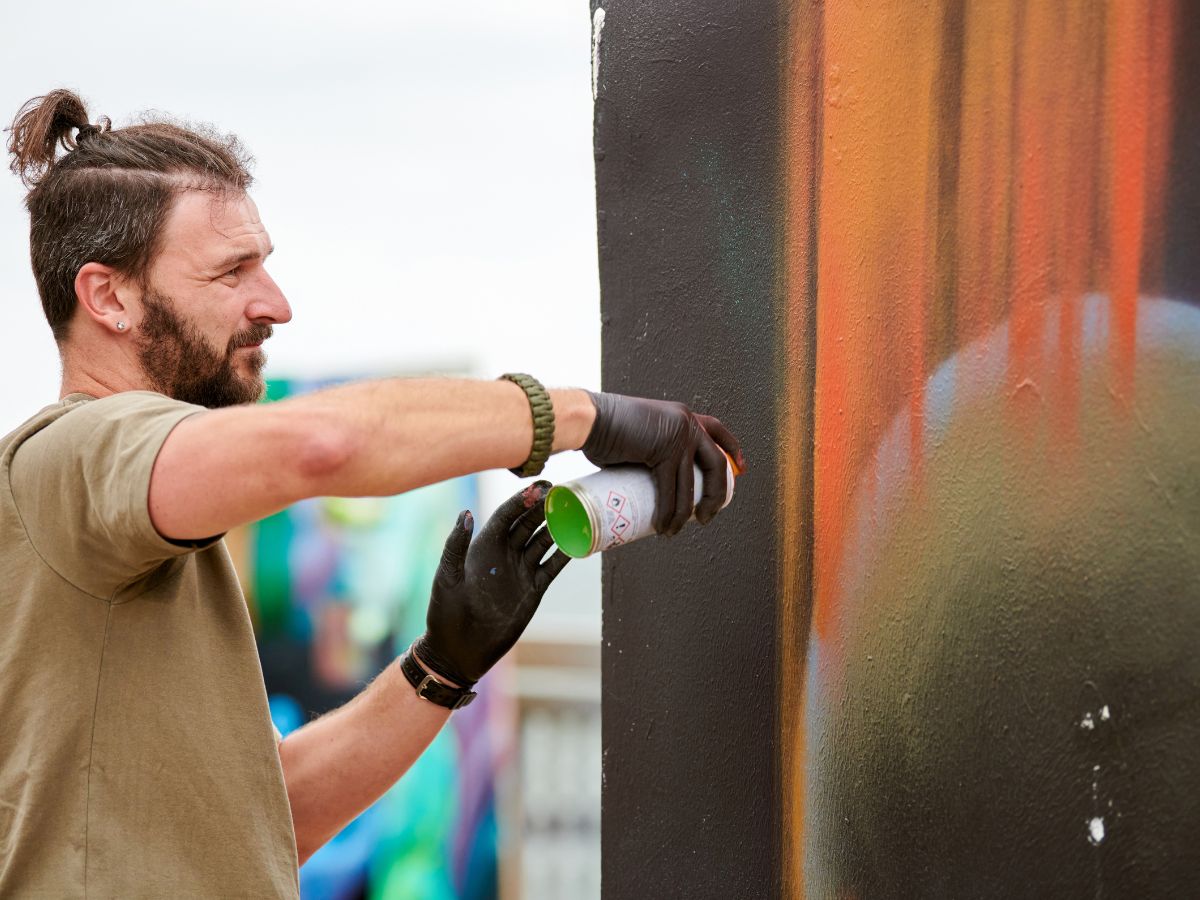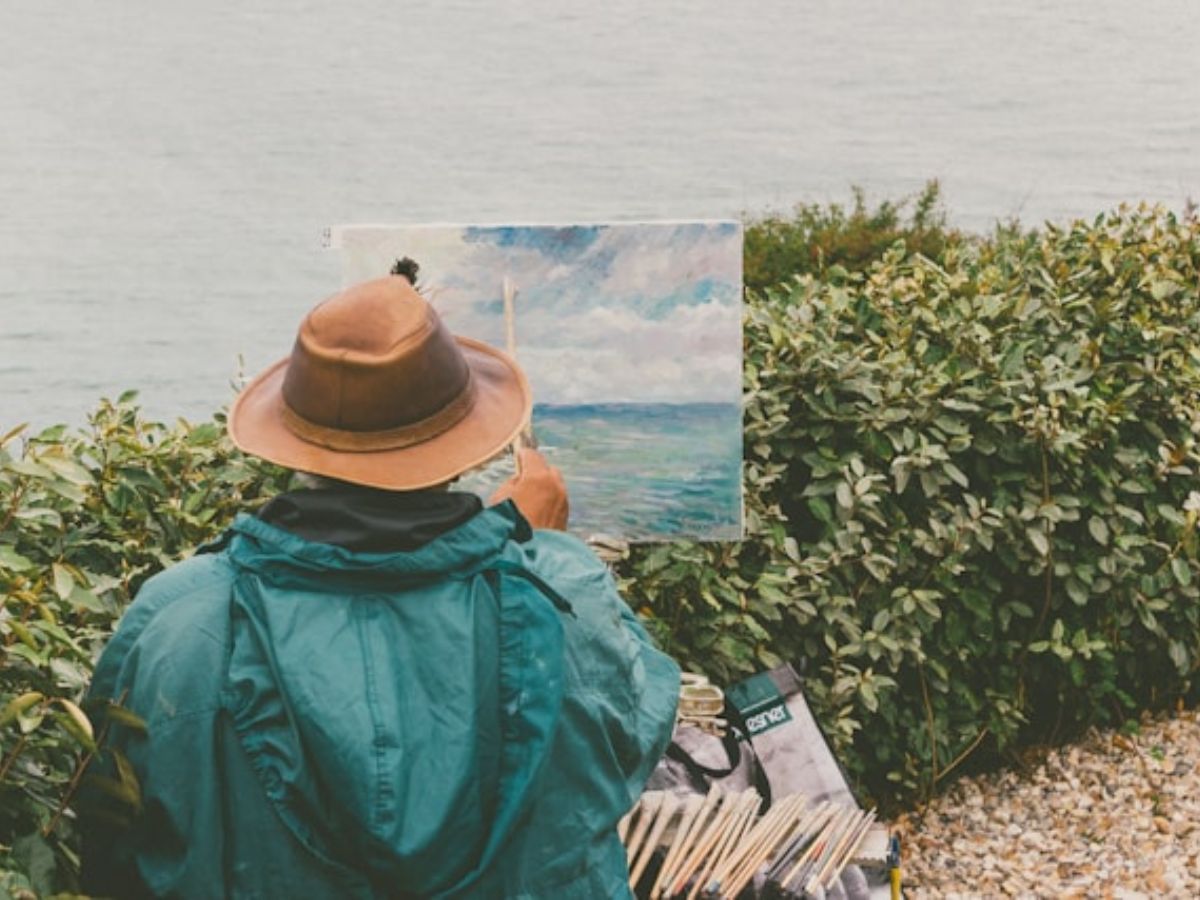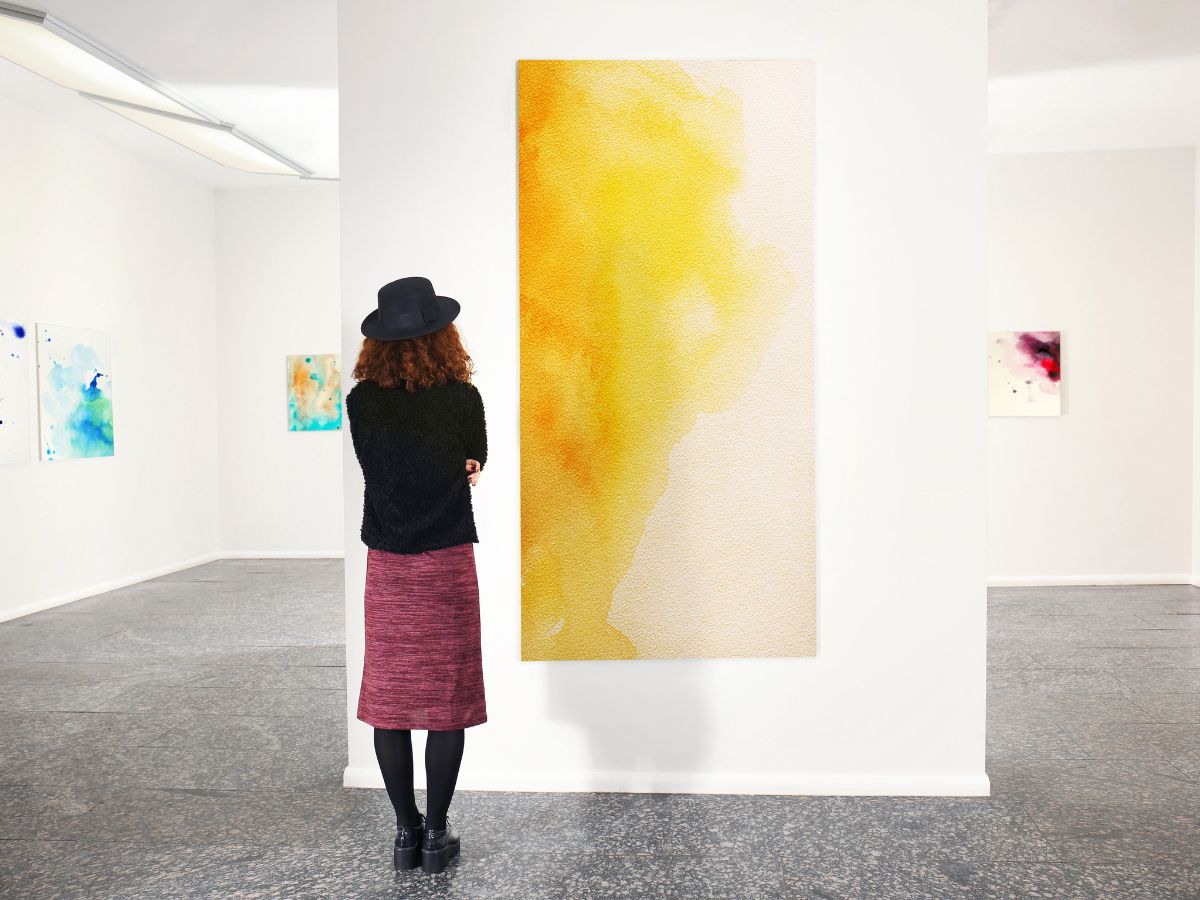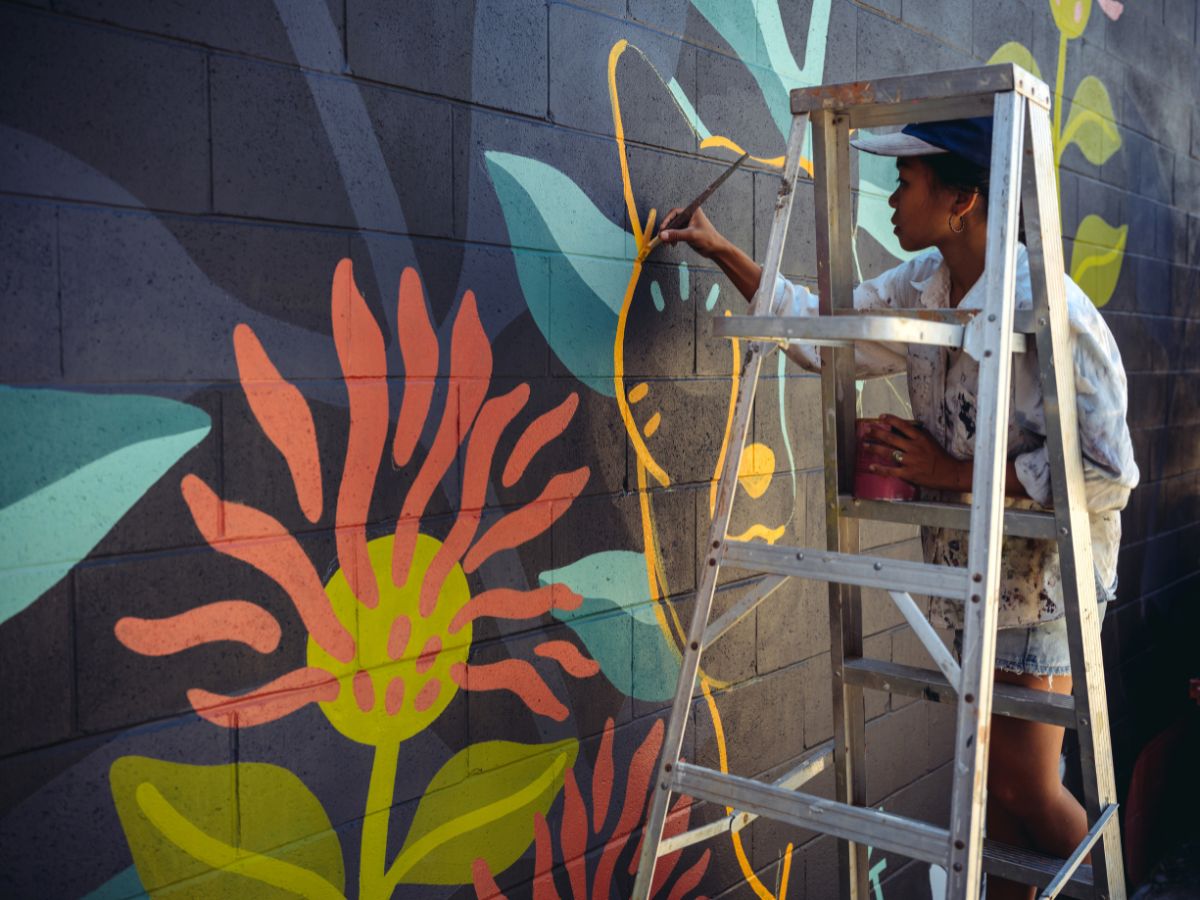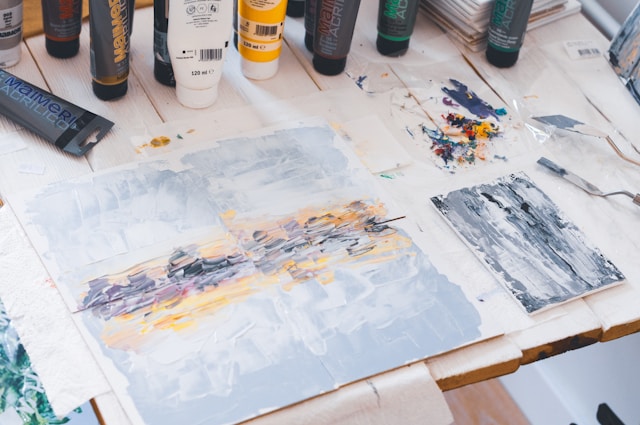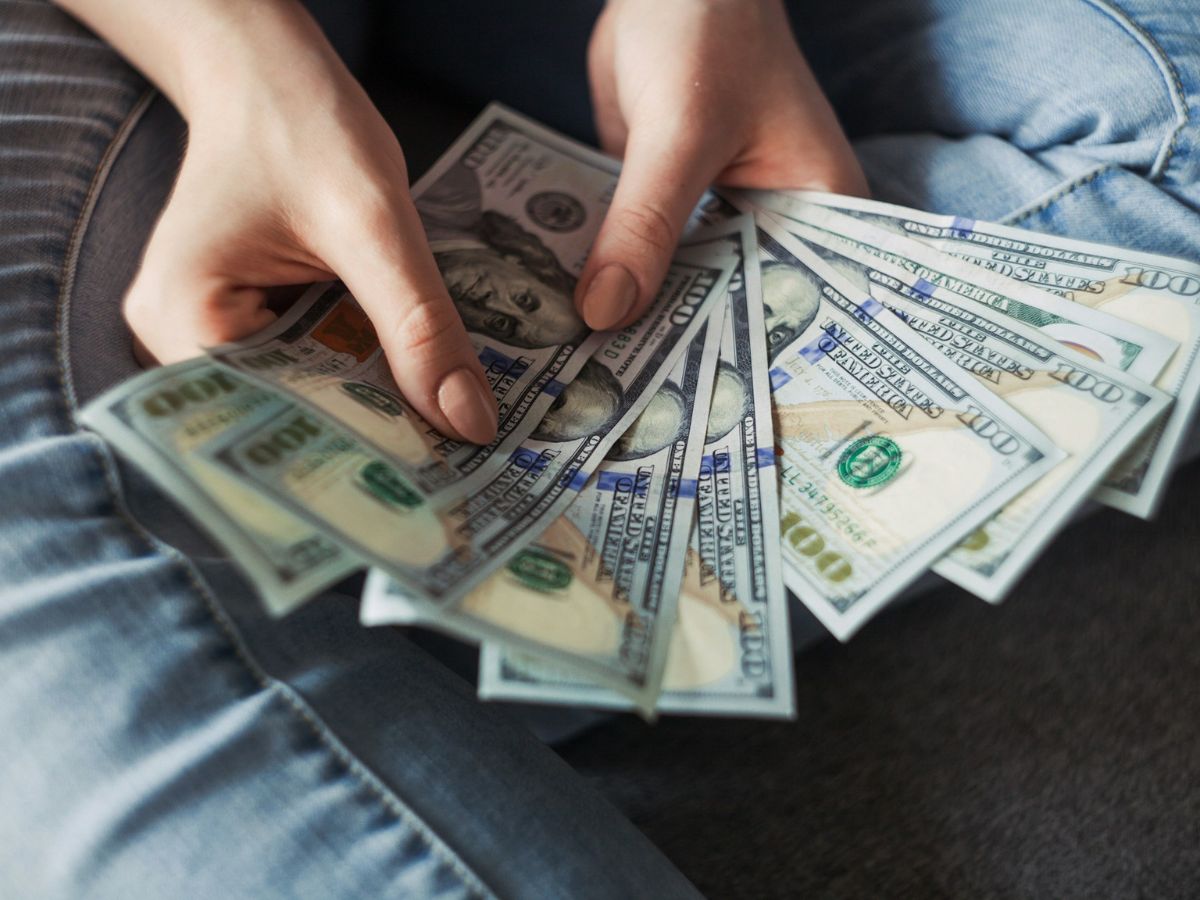
Achieving Financial Security through Art: 4 Key Strategies
As an artist, achieving financial security without relying on side jobs may seem challenging, but there are practical and effective strategies to make it possible. By diversifying income sources, managing finances carefully, and building a strong professional network, artists can pave the way to a sustainable career focused solely on their art.



